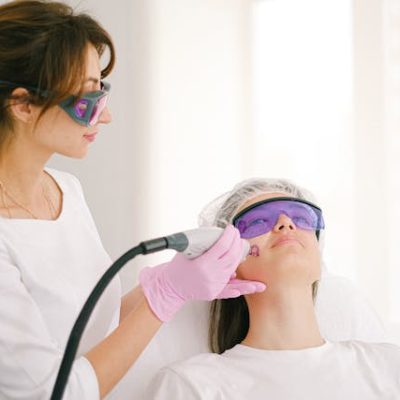When buying birdwatching binoculars to use for your favorite pastime, it is always important to realize that the subject doesn’t sit still for a long time and they usually move very fast. What this means is that your binocular must have a wide field view because failure to focus the binocular on the subject fast enough will mean that in most cases you will almost always miss it altogether.
Focusing Wheel: The focusing wheel should be such that you can use it almost intuitively and as simple as possible. You need to be able to turn past the sharpest point and back without a hassle because in slackening with this mechanism will totally mess up the strategy. You should make sure that the knob turns smoothly throughout the range; if you detect any sloppiness as you turn the focus knob, you could be dealing with a low quality binocular.
The focus knob: Make sure that the focus knob of your birdwatching binoculars has a non-slip surface. Your finger tip should be able to give you a secure tactile feedback so that you don’t have to push too hard to get traction; normally there should be a soft rubber surface with ridges or a pattern. You also want to check that the wheel is large enough so you can reach it easily and it should also protrude from the top of your binoculars. With this feature you can easily adjust the focus even if you are wearing gloves in a simple but accurate manner.
The Focusing Mechanism: Most birdwatching binoculars come with a fixed linear focusing gear; there are a few that can change ration depending on the speed at which you turn the dial while others have different ratios on the opposite ends of the focusing plain but they aren’t too common.
High gear ratio: If binoculars has an aggressive focusing mechanism you should be able to go from close focus to infinity using a single full turn of the wheel or less. This means that you need less turning to get from one extreme to the next one. However, the downside is that fine tuning will become challenging. This is good for birding situations where you are observing many birds at different distances such as at the coast, near a lake or a marsh.
Lower gear ratio: If your birdwatching binocular has a lower gear ratio it requires more turning of the dial and, as such, you have the opposite effect; going from one extreme to another becomes slower but easier. This makes it easier for one to male micro adjustments. Such a binocular will be good for situations where one is following a bird that is hopping from one tree branch to another.
Medium gear ratio: This type is perhaps the perfect all-rounder; it will take one and a half to two rounds of the wheel for the birder to turn from one extreme to another. Alternatively you may want to try that fixed focus variety but which won’t give very sharp images at times.





